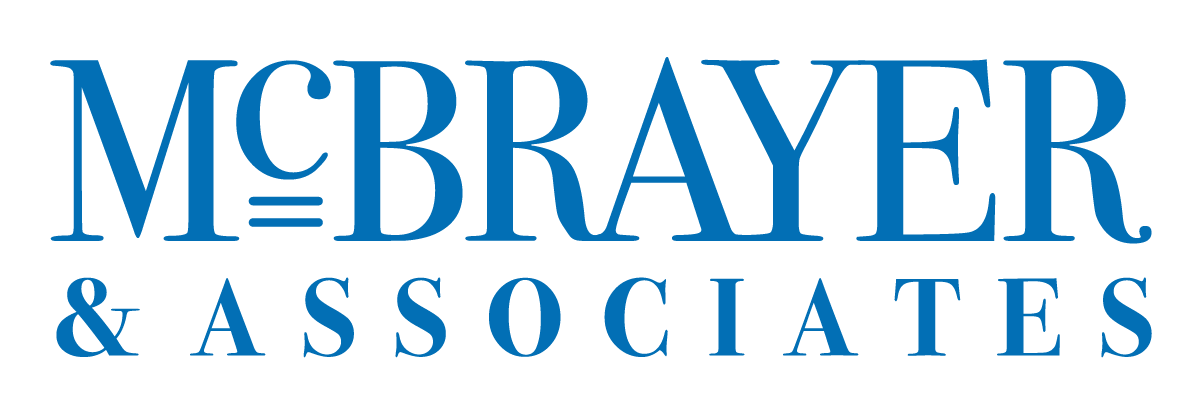How Does Free Information Support Seller Credibility?

When you first meet with a prospect, you have no credit—that doesn’t mean they necessarily distrust you. It means that you have to earn their trust. When your credibility with them rises, the seller’s fear of you decreases.
In order to decrease the fear as soon as possible, we need to get into the relationship as early as we can. The way we start the relationship is by bringing value in regards to the prospect’s interest, and the way to do that is through the Education-Based Briefing.
What does the Education-Based Briefing contain?
The idea behind the Education-Based Briefing is that it must bring value. We bring value, usually, in the form of trends and statistics about the market or a new way of looking at that information.
What is the Objective of the Education-Based Briefing?
When done correctly, the Education-Based Briefing positions the sales representative as the expert. The briefing raises credibility and begins natural rapport with the client.
What the Education-Based Briefing is Not
To be clear, the Education-Based Briefing is not about your company, your products, nor your services. That information constitutes selling, and that’s exactly what we’re trying to avoid.
What Does the Education-Based Briefing Include?
What we do want to include are the following data.
- market patterns
- failure rates
- expert projections
- patterns of problems
- problems with solutions
- segmentation breakdowns
- common mistakes
How Can I Find That Information?
To research this information, the seller can access resources such as the following.
- government websites
- industry journals
- trade associations
- industry blog
- industry magazines.
Bonus: Many industries also have leaders that provide State of the Industry Webinars at no charge.
Third-Party Validation
Documenting your sources helps you, the seller. These references provide a credible, third party source, demonstrating that you are not pushing an agenda, and showing that you are only trying to establish a relationship with them.
What about Objections?
Your prospect might not always agree with your data. That doesn’t mean that you need to defend it—after all, you don’t own it. If it is a credible and documented source, the most likely disagreement is that the research is a national number and not the case in their smaller market. One other possible disagreement is that your research will likely be based on national averages, and your buyer is not average, but above or below.
Conclusion
The best way to counteract prospects’ initial distrust of you is to decrease their fear as early as possible. Start the business relationship by bringing value to the prospect: prepare for them an Education-Based Briefing.
Photo by StockSnap.io.
